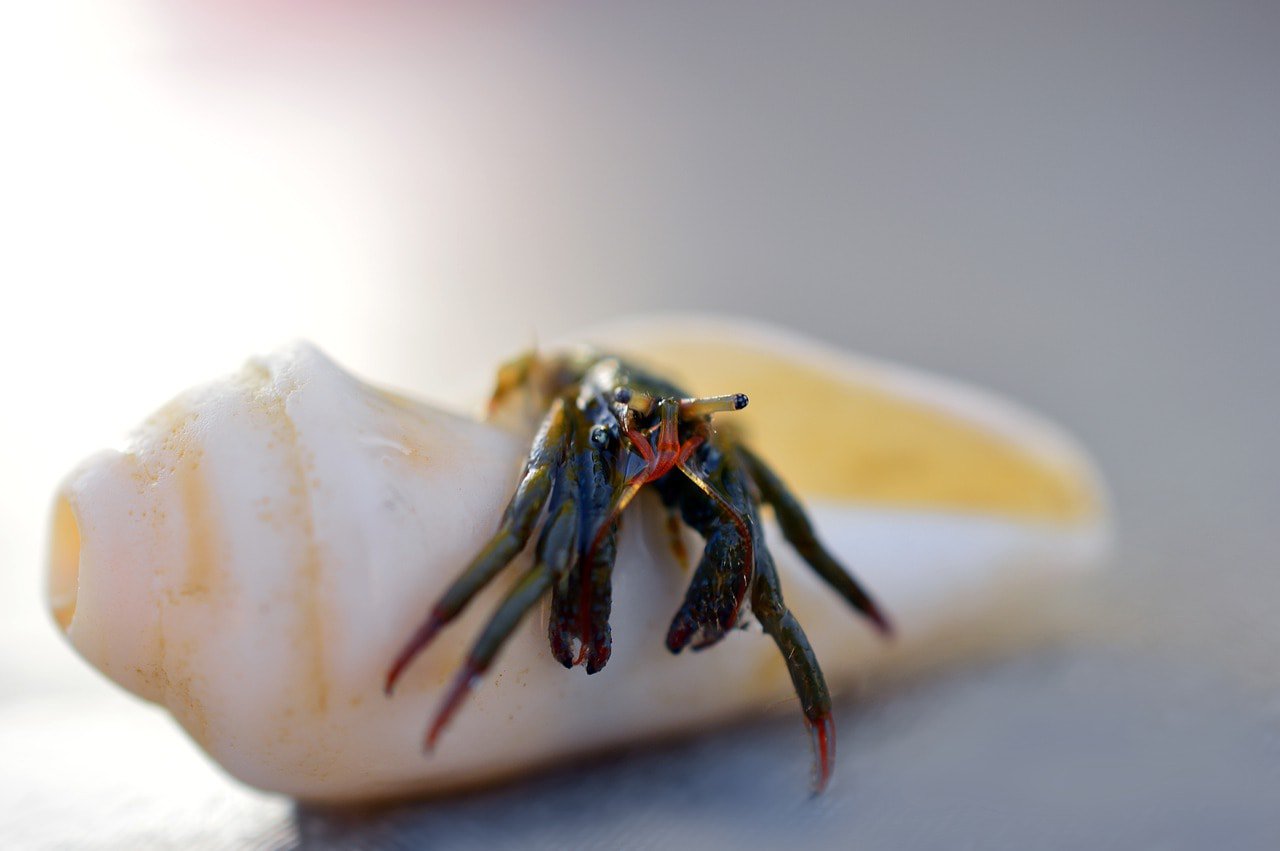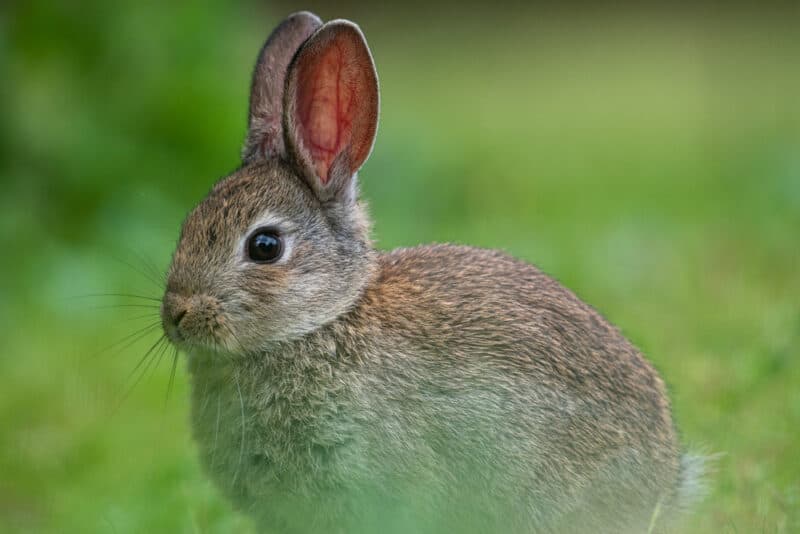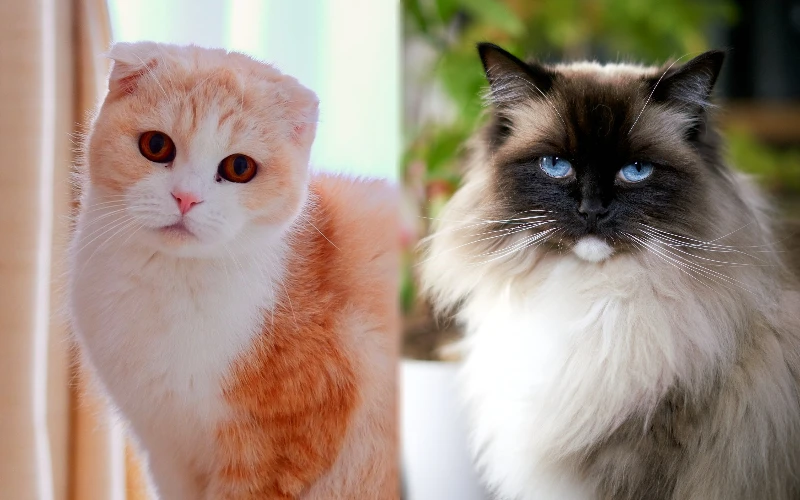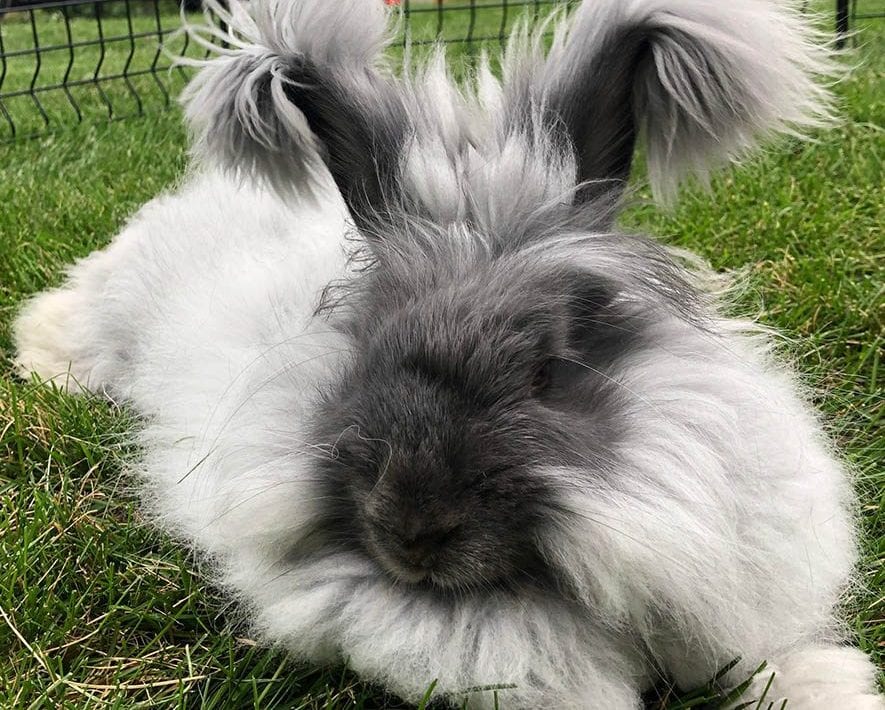VET APPROVED

The information is current and up-to-date in accordance with the latest veterinarian research.
Learn more »Hermit crabs are perceived as one of the easiest pets to have, but these animals are not made to be kept as pets. They are unusual and fun to watch, which makes them engaging pets that are incorrectly perceived as quite low-maintenance. Hermit crabs are curious as well, interested in both exploring larger spaces and living an active life.
Their names are a bit disingenuous because hermit crabs aren’t true crabs. They have a smaller abdomen that is quite soft. That is why they need to live in empty shells. As they grow, they move into increasingly larger shells.
There are two primary species of terrestrial hermit crabs found as pets in the United States. These include the Coenobita clypeatus and Coenobita compressus. Around the world, several other species are also sold as pets. Several aquatic hermit crabs have made their way to the fishkeeping hobby as well (in saltwater tanks). For this article, though, we will focus on terrestrial hermit crabs.

Hermit Crabs Don’t Make Good Pets
Hermit crabs have long been portrayed as “throwaway” pets that live for a few months. This fueled the myth that hermit crabs are easy-to-care-for beginner pets. However, these crabs can live for several decades, and their care isn’t as simple as it’s been traditionally portrayed. There are several reasons why hermit crabs don’t make good pets.
1. They Only Reproduce in the Wild
Every hermit crab available in the pet trade is a wild-caught specimen. These animals do not reproduce in terrariums or tanks. Therefore, every hermit crab that does end up in the pet trade means that one less individual is available for breeding in the wild. Given that these crabs aren’t domesticated, it raises ethical concerns of their capture to be kept as pets.
2. Their Habitat Cannot Be Replicated
All terrestrial hermit crabs require access to both saltwater and (not or) freshwater in order to keep their gills moist and to reproduce. Though there might be some crab enthusiasts with a very large budget and the ability to facilitate such a setup for their pets, the overwhelming majority of crabs in the pet trade do not end up in habitats that are suitable for them. This problem is compounded by the fact that hermit crabs are often marketed as “beginner” pets; their environmental needs are definitely not beginner-friendly.
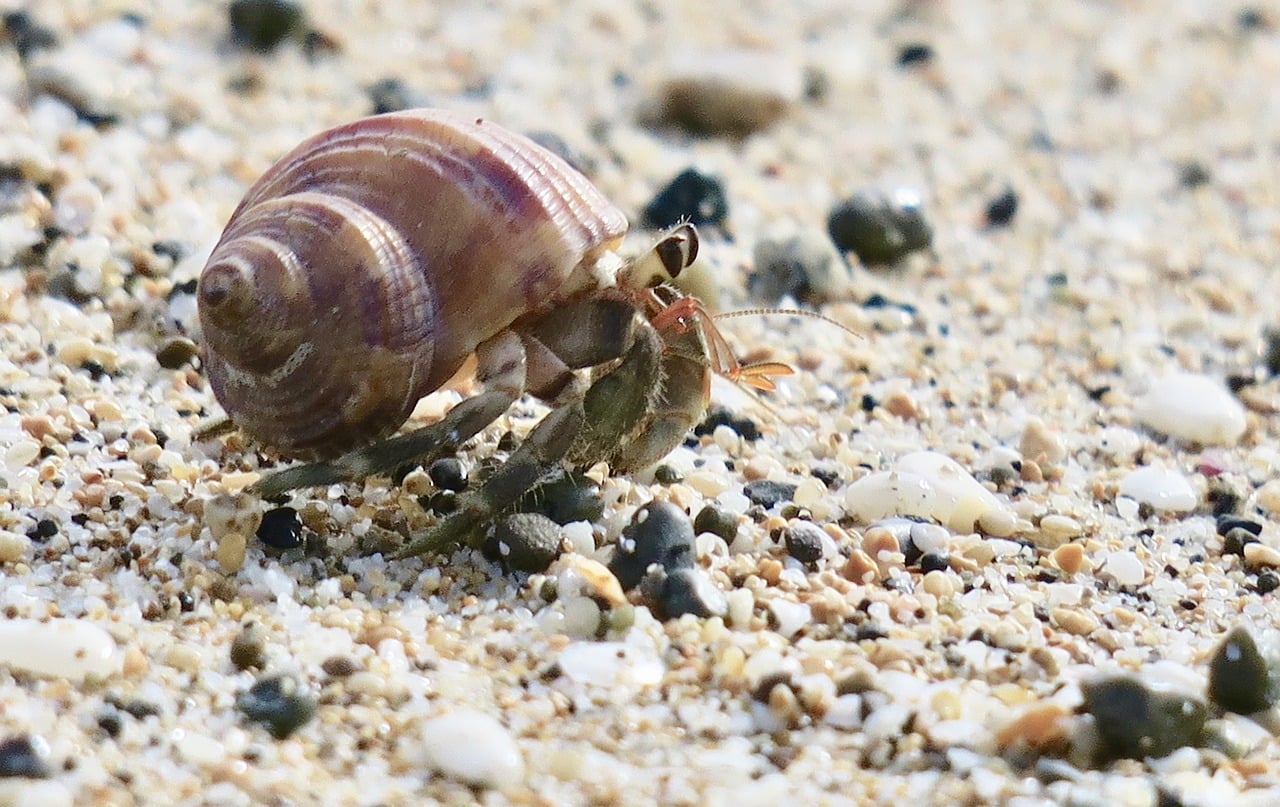
3. Capture Stress
Hermit crabs are prey, and being captured for the pet trade is considered extremely stressful for them. There are no studies that have looked at the amount of crabs that die during the capture and transport process. However, given how they’re thought to only live for a few short months, it’s definitely plausible that many individuals die during the process.
4. They Are Necessary for Ecosystems
Hermit crabs play a huge role in the tropical environments they reside in. Their burrowing activities help keep the soil well aerated and also helps recycle some nutrients throughout the various layers of the soil. In turn, this helps keep the plants in the area healthier and more robust. Naturally, this would be important for all the other animals that utilize the plants in the area (for food, nesting, hiding, and so on).
These crabs are also an important food source for many animals. Their scavenging activities also render them important for removing detritus from their environment. Needless to say, their role in the ecosystem is extremely important and not something they can fulfill when kept as pets.


Conclusion
Although hermit crabs are perceived as low-maintenance pets, they are not the most humane animals to adopt. Hermit crabs are plucked from their life in the wild to be sold as pets. In the wild, they can live for several decades. This is a far cry from the perception of them only living for a few months as pets.
These animals are not made to be kept as pets. They have specific environmental needs that are almost impossible to satisfy in a terrarium. There are plenty of other low-maintenance pet options to consider instead of supporting a challenging industry.
Related reads:
- How Much Does a Hermit Crab Cost?
- What Do Hermit Crabs Eat in the Wild and as Pets? Nutritional Facts & FAQ
Featured Image Credit: Pixabay
